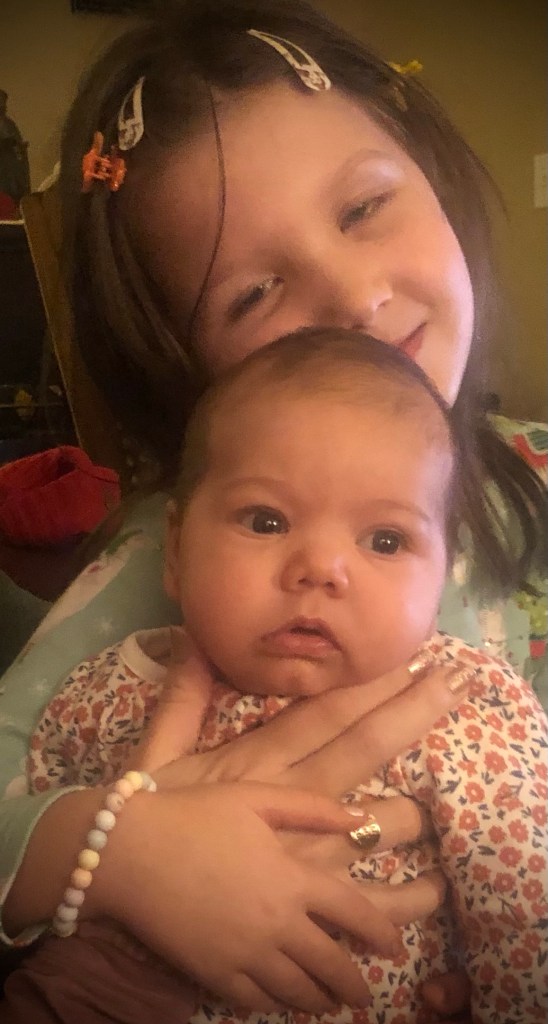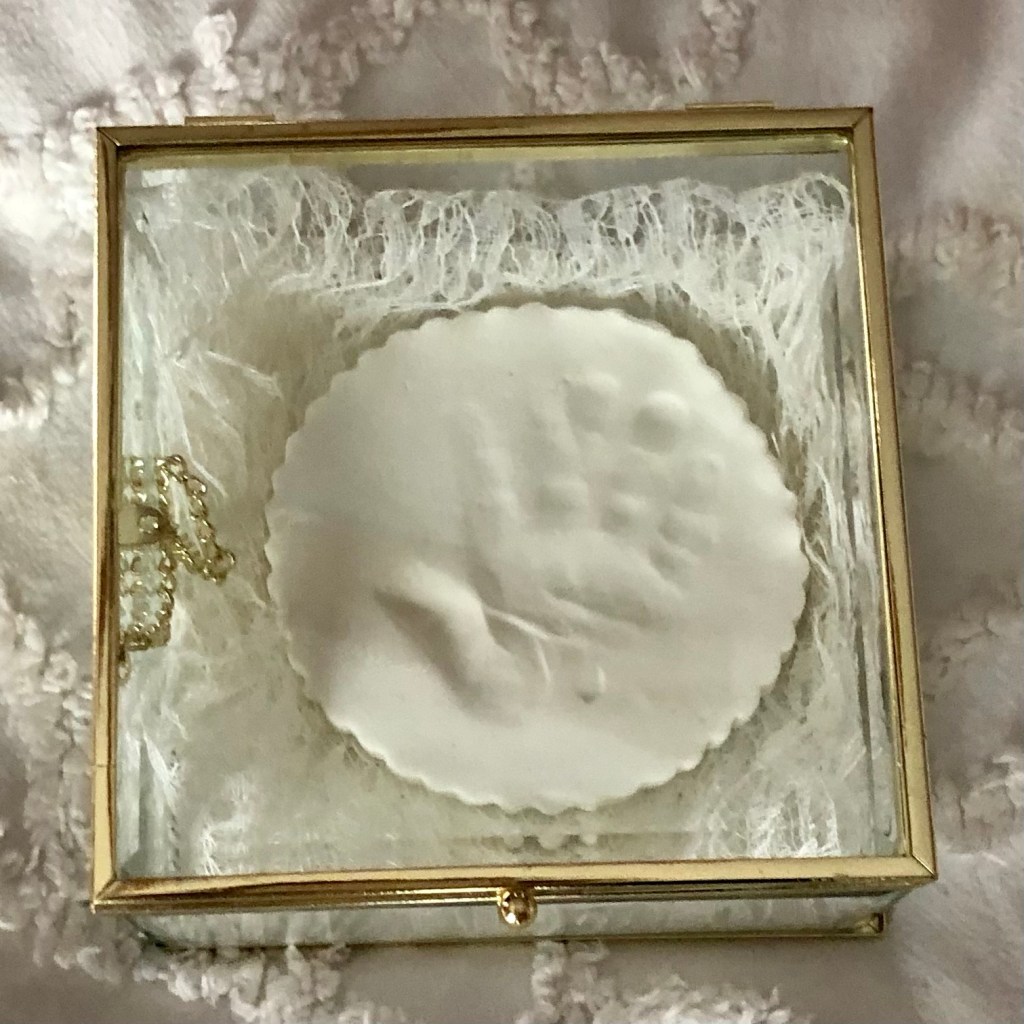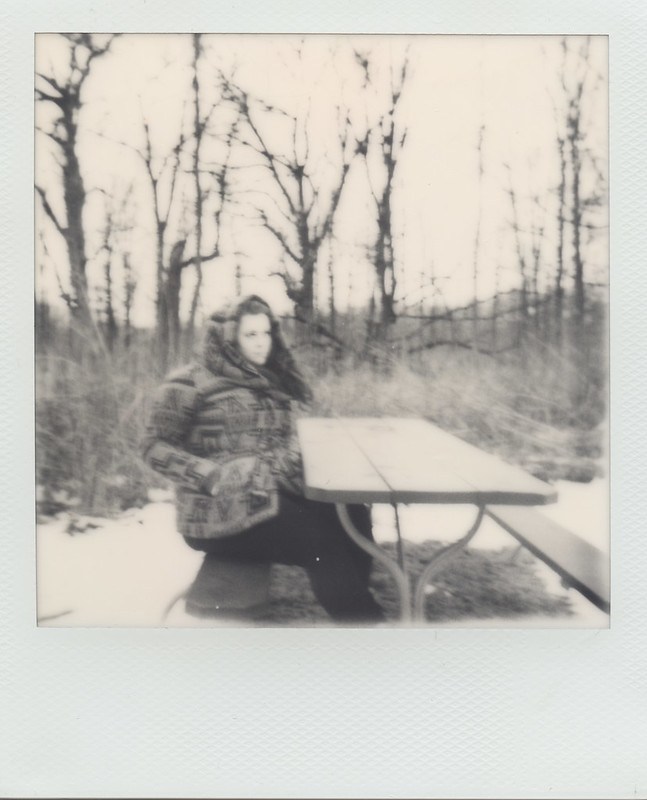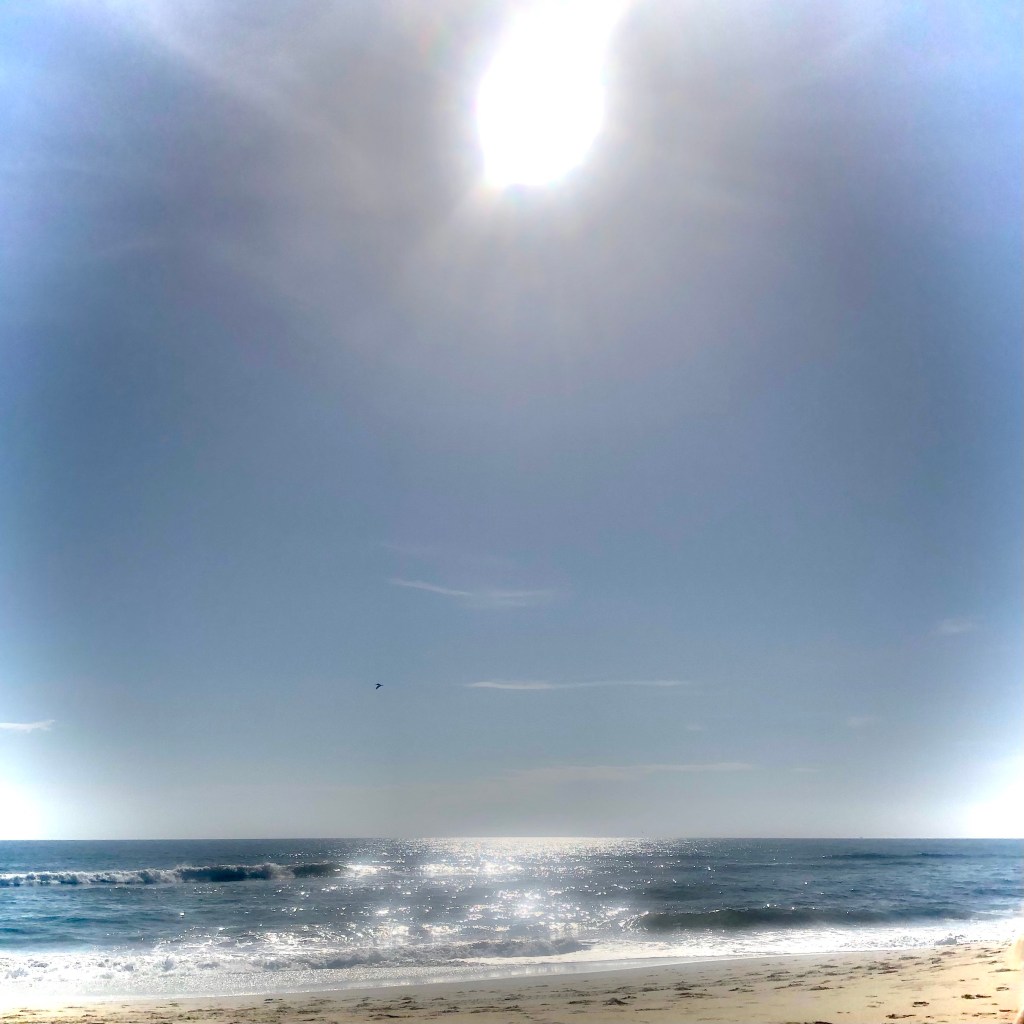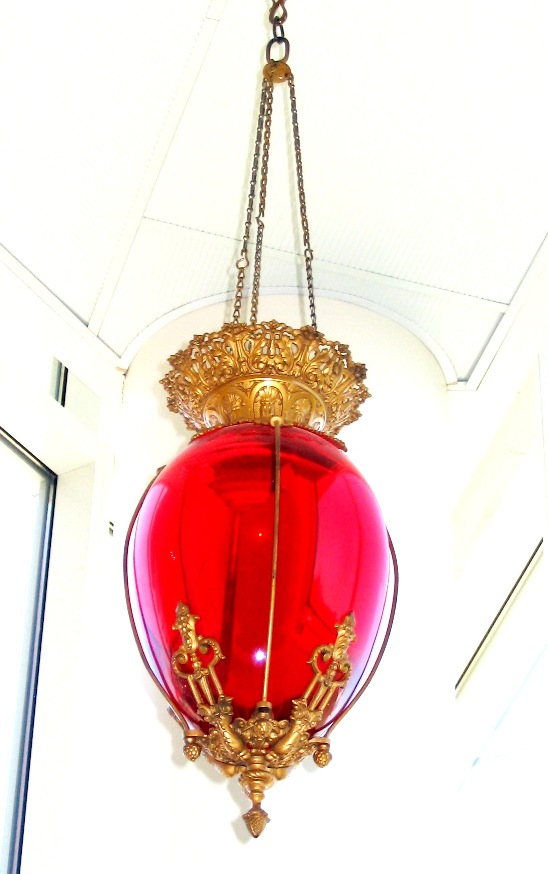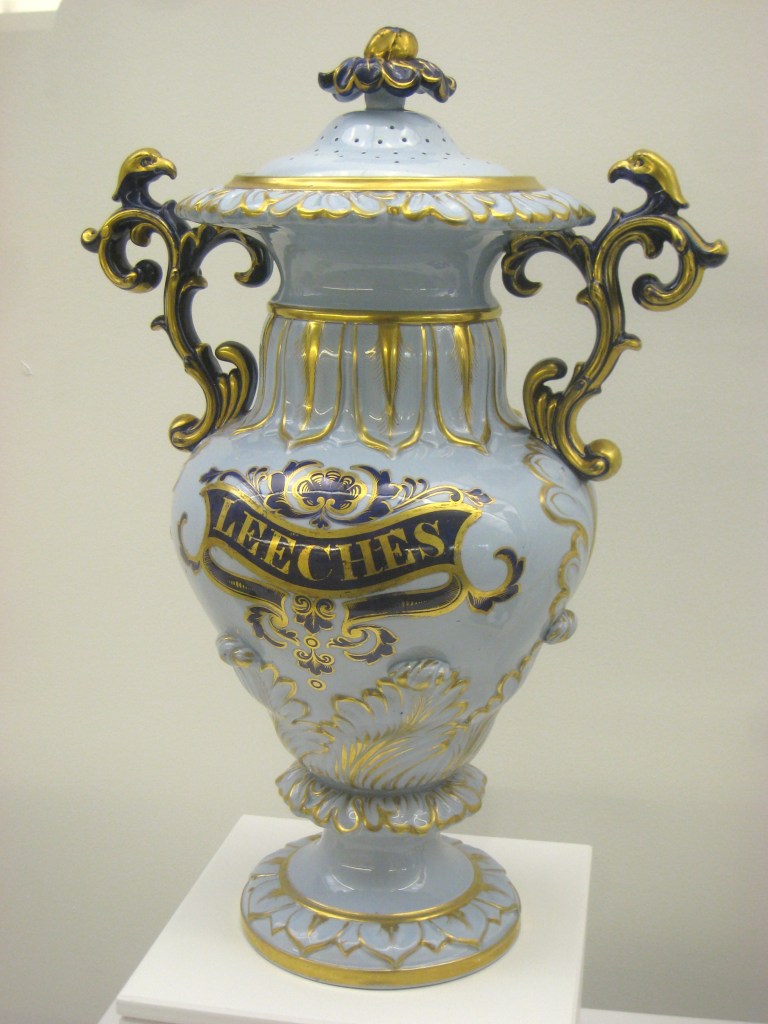Some people call it one word. Others call it one little word, abbreviated OLW. Either way it’s the tradition of choosing a focus word for a new year. Maybe even a new word for each month. Make of it what you will, how you will, the chosen word serves as a tool for reflection, a lens for living, a frame for your days.
At the outset of 2021, I wasn’t in the frame of mind to choose a defining word unless it was survival or endurance or possibly perseverance, none of which were inspiring or lyrical (shouldn’t your OLW strike deep chords in your spirit?). After 2020, I was tired. We were tired, all of us. It was a year that seemed liked ten. The world as we knew it changed overnight. Quarantine, separation, isolation, closed businesses, bare shelves at the stores, working from home, doing school online. Plans disrupted. Staggering losses of so many kinds. Grief. Rage. Despair. Navigating the unknown every single day. The COVID-troubled world kept turning but we almost didn’t recognize it or ourselves anymore…literally, behind the masks.
We hoped. We clung to our screens. We cherished every glimmer of light in the long, dark night of the soul. How long? we wondered. How long?
On the brink of 2021, as I wearily turned the page in my academic planner, I said something like this to myself: Forget the one little word thing. I don’t have the energy to think around it or write around it. What difference does it really make, anyway. After all, my word for 2020 was reclamation. I wrote in January, before the onslaught of COVID-19 in March, when everything shut down that Friday 13th for what we thought would be only two weeks: Moving forward becomes an act of will, a revised determination to do what you can, what’s most important, for that given day. Recovering ground, inch by precious inch.
Note to self: Be careful what you wish for…
But then, then, turning that page… I discovered this quote, in tiny font, sitting on January 1, 2021, in my planner: Experiencing awe (the feeling of being in the presence of something bigger than you) can improve your physical health and make you feel more altruistic. Intentionally create awe this month by spending time in nature, meditating, volunteering, etc.
I knew, then.
Whatever might come in 2021, I must look for awe. I must keep the door open for it. Anticipate it. Invite it.
There’s a psychology, a science, to awe. A savoring of life, an ineffable hope, a spark of joy, an inhaled breath of wonder at the wonders all around, a reverence. It can make you feel more altruistic…desiring to benefit others at your own expense…can the world not use more of this?
I sat in awe of this revelation…and that is the story of awe choosing itself as my word for this year, now in its final days.
It’s everywhere, awe.
In fragile periwinkle flowers poking through the January snow, in the piercing cry of a red-tailed hawk, in the flight of an eagle near enough for me to see its white head. In the resilience of children learning from home and in their happy dogs who attended class with them. In my own dog, who slept in my lap during those long hours online. In colleagues who stopped resisting new learning in the hardest of times and began embracing it…and each other. In children learning to read despite all, in one student pointing to a new word, “trombone” (without a picture), and telling me I don’t know how to say it, but it’s a musical instrument. In resuming church services and eventually singing hymns again. In the return of the little finches which have built a nest on my front door wreath every year except for 2020. In the gift of new life…in the announcement that my son and his wife were expecting a baby in the fall. In the long summer of anticipating, in finally making it to the ocean again, in seeing how seabirds stood on the shore, protecting one of their own that was missing a foot. In passing three white horses in a grassy meadow on morning drives to school, reminding me of a game my father taught me to play on long journeys when I was a child (I have a lot of thirty-point days now, Daddy). In teaching poetry again, in seeing the kids’ faces light up with their own writing discoveries. I wrote a lot of poetry in 2021; much of it centered on awe.
I have so much more to write. I am awed by what my sons have accomplished this year, one as a minister, the other as a funeral assistant and musician. I am awed by other people who say your boys have blessed me.
Baby girl Micah arrived at the end of October. Her big sister’s wish, come true.
Christmas Eve at my house, 2021
Awe abounds. It waits to be found. Just like the little present placed in my stack on Christmas Eve during our family gathering.
That’s especially for you, Franna, said my daughter-in-law.
I opened it.
Micah’s tiny handprint, in white plaster.
Awe.
And tears. Too overcome for words.
My daughter-in-law didn’t know the story. One day I will tell Micah about the handprint I made for my grandmother so long ago, how it hung on her bedroom wall for over thirty years…
Awe. Awe. Awe. Life in its abundance, making full circles. Light to be found, even in the darkest season. The treasure of having each other. Love, blessing, wonder, the gift of life itself, all from the hand of Almighty God.
I see no reason whatsoever for changing to a new word in 2022.
Wishing awe to you all – each new day with its waiting treasures
*******
with much love and gratitude to the Two Writing Teachers for the weekly Slice of Life Story Challenge. There is sustaining power in writing. There is more in a writing community.




